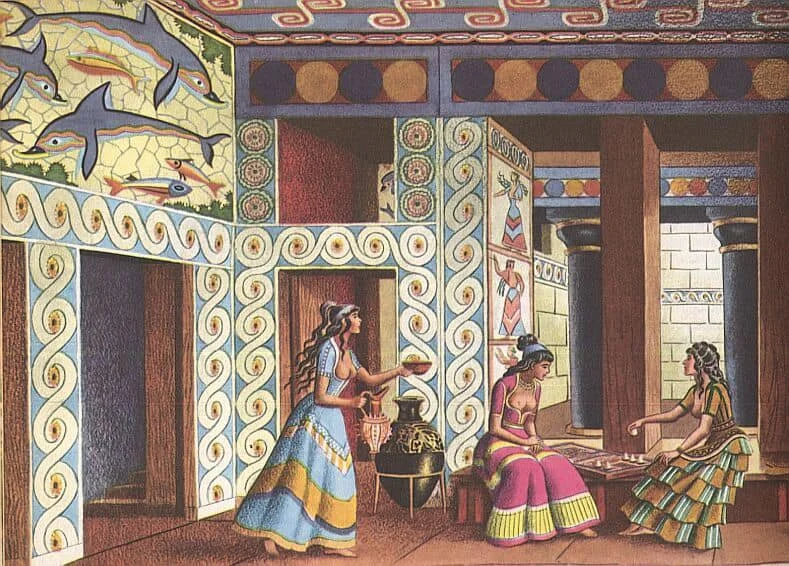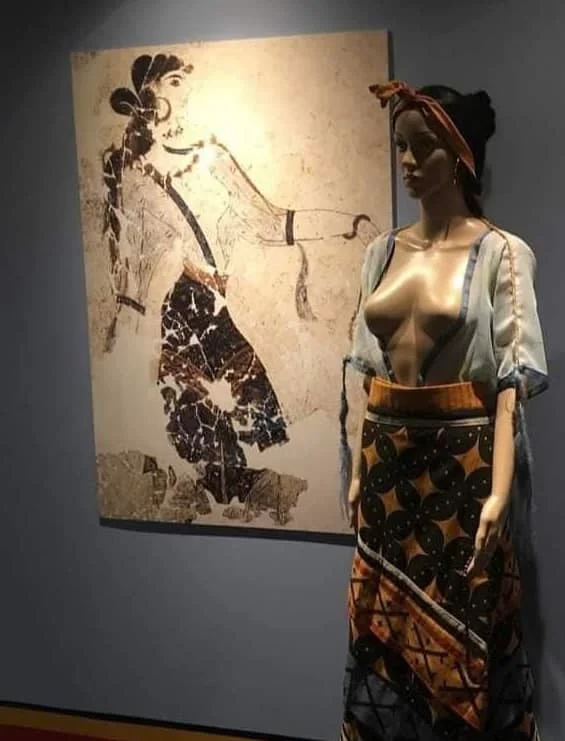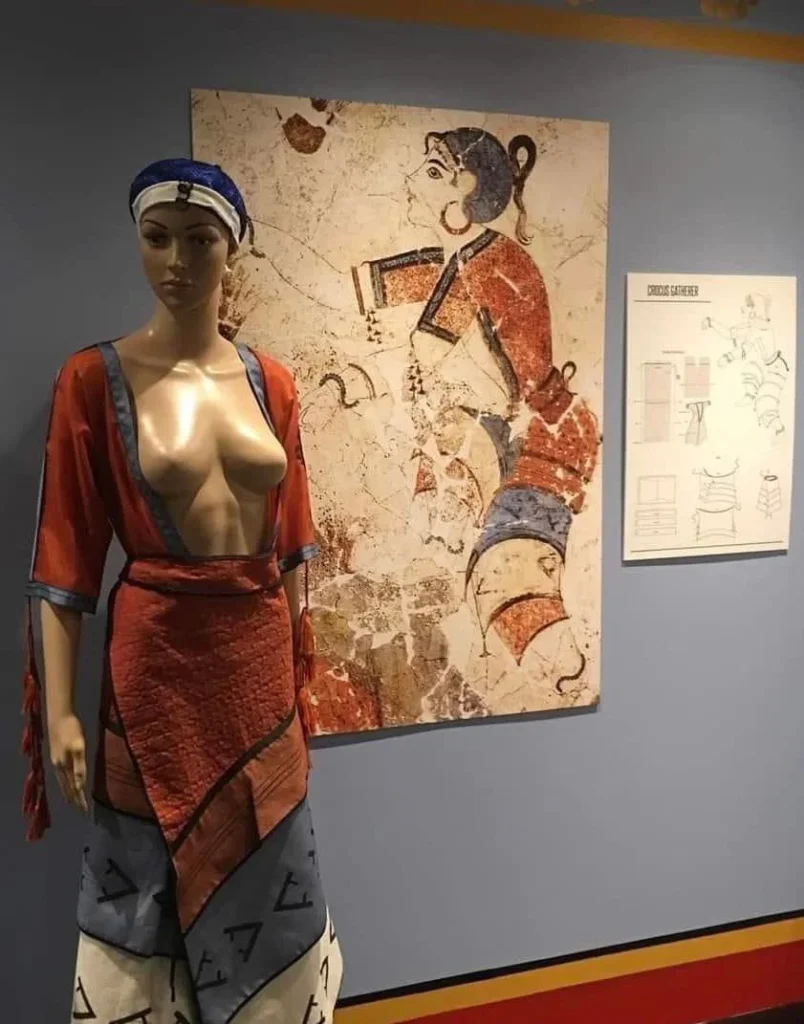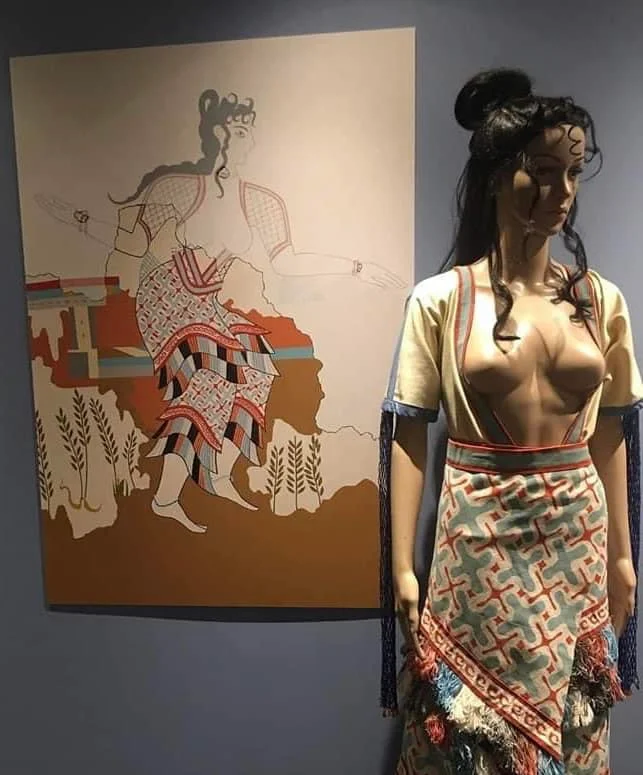Introduction
In the annals of history, the Minoan civilization stands as a testament to human ingenuity and advancement. Situated on the island of Crete during the Bronze Age, the Minoans flourished from approximately 3000 to 1100 BCE. Despite the passage of millennia, their legacy continues to captivate scholars and enthusiasts alike, offering a glimpse into a society characterized by innovation, artistry, and cultural richness.

Understanding Minoan Society
The Minoans were pioneers in various aspects of ancient life, including architecture, trade, and religion. At the heart of their society lay intricate palaces adorned with vibrant frescoes, such as the renowned Palace of Knossos. These architectural marvels not only served as administrative centers but also as hubs of artistic expression and cultural exchange.
Advanced Infrastructure and Engineering

One of the most striking features of Minoan civilization was its sophisticated infrastructure. The Minoans developed an elaborate system of roads, drainage channels, and irrigation networks, showcasing their mastery of engineering principles. This infrastructure facilitated trade and communication across the island and beyond, contributing to the prosperity of Minoan society.
Artistic Achievements
The artistic achievements of the Minoans are unparalleled in the ancient world. Their pottery, sculpture, and frescoes display a level of craftsmanship and aesthetic refinement that still astounds observers today. Notably, Minoan art often depicted scenes of everyday life, religious rituals, and mythological narratives, offering invaluable insights into their culture and beliefs.

Vibrant Frescoes and Pottery
Minoan frescoes, characterized by their vivid colors and fluid forms, adorn the walls of palaces and villas across Crete. These artistic masterpieces depict a wide array of subjects, from graceful bull-leapers to lush landscapes. Similarly, Minoan pottery, with its elegant shapes and intricate designs, reflects the creativity and skill of ancient artisans.
Trade and Commerce
Central to the prosperity of the Minoan civilization was its extensive network of trade and commerce. Situated at the crossroads of the Mediterranean, Crete served as a bustling hub for the exchange of goods and ideas between the Aegean, Egypt, and the Near East. Minoan merchants traversed the seas in sturdy ships, trading commodities such as olive oil, wine, pottery, and precious metals.
